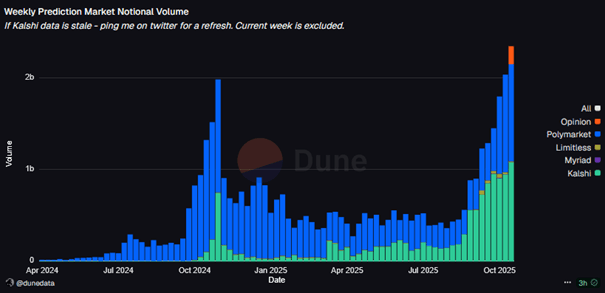Sustainability in the transport sector is not making progress / ADAC mobility index virtually unchanged from previous year / Partial improvements in climate and environment, affordability and road safety

Munich (ots) - The transport sector in Germany is still barely becoming more sustainable. This is demonstrated by the current ADAC Mobility Index, which the ADAC is presenting for the fourth time. The mobility index assesses sustainability over time and comprehensively, taking into account not only climate and environmental aspects but also road safety, affordability, reliability, and the availability of mobility, all of which are summarized in a meaningful key figure. The base year is 2015, with the key figure 100. As a result, the mobility index in the current study has remained virtually unchanged compared to the previous year. For the reporting year 2023, it stands at 111 points – the same level as the previous year. However, a slightly positive trend can be seen in the longer term, which is primarily due to lower air pollutant emissions (environment) and fewer personal injuries in road traffic (road safety). It is also clear that the transport sector continues to fail to comply with climate protection targets, even though greenhouse gas emissions and energy consumption have stagnated at the low levels seen during the pandemic years.
Increased traffic demand as well as renovation and expansion measures led to traffic jams and delays in road and rail traffic, thus negatively impacting the overall reliability index.
ADAC Transport President Gerhard Hillebrand: "While the overall positive development of the index since 2019 is encouraging, the momentum – measured against societal goals – is low. Especially in times when awareness of sustainability issues appears to be declining, the ADAC is particularly committed to using the results of the ADAC Mobility Index to inform about developments and interrelationships in sustainability progress in the transport sector and thereby provide important impetus." The results of the five assessment dimensions of the ADAC Mobility Index in detail: In the "Road Safety" assessment dimension, there was only slight progress – the ADAC recorded an improvement of one point to 108. This improvement is due to the fact that the number of seriously injured and fatal traffic accidents has decreased since 2015. On the other hand, the number of accidents involving personal injury has increased. Thus, while accidents have become more frequent, their consequences for car occupants are less severe. From the ADAC's perspective, this demonstrates that progress in vehicle safety is having an impact. However, new risks with negative consequences are emerging in bicycle traffic. The high number of personal injuries relative to traffic volume makes it clear that road safety work in this area is facing new challenges. A growing problem is the high proportion of single-vehicle accidents involving two-wheelers, which has recently increased due to the increased use of pedelecs. The greatest progress was seen in the "Climate and Environment" assessment dimension, with an increase of 5 points to 125. Although road traffic volume increased, there were improvements in air pollutants. Improved exhaust gas purification technologies have had a strongly positive impact here for years. In contrast, only a slight improvement can be seen in greenhouse gas emissions. The impact of the electrification of road traffic is likely still too small in 2023. "Affordability" developed positively in 2023 compared to the previous year, reaching 108 points. A key factor in this development was the increase in disposable income, which largely offset inflation-related price increases in the transport sector. "Availability" rose by one point to 103 points. This development can be seen as the result of a growing mobility offering, which has largely recovered after the pandemic. There was a significant increase in car-sharing vehicles, and the mobility index also recorded a significant improvement in public transport. However, there was a significant deterioration in "reliability," which plummeted from 117 in 2022 to 106. Due to the increased traffic volume and the growing number of construction sites, there were more traffic jams in road transport than in 2022. Punctuality in rail transport deteriorated. The ongoing unreliability, particularly in long-distance transport, is the result of long-term structural deficits. Detailed information is available at adac.de/mobilitaetsindex. Press contact: ADAC Communications +49 89 76 76 54 95 [email protected] Original content from: ADAC, transmitted by news aktuell Original report: https://www.presseportal.de/pm/7849/6147075nachrichten-aktien-europa





